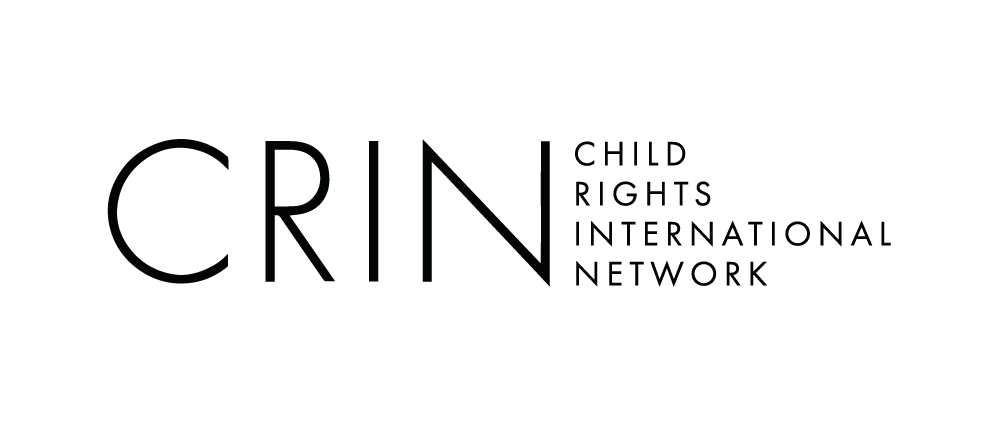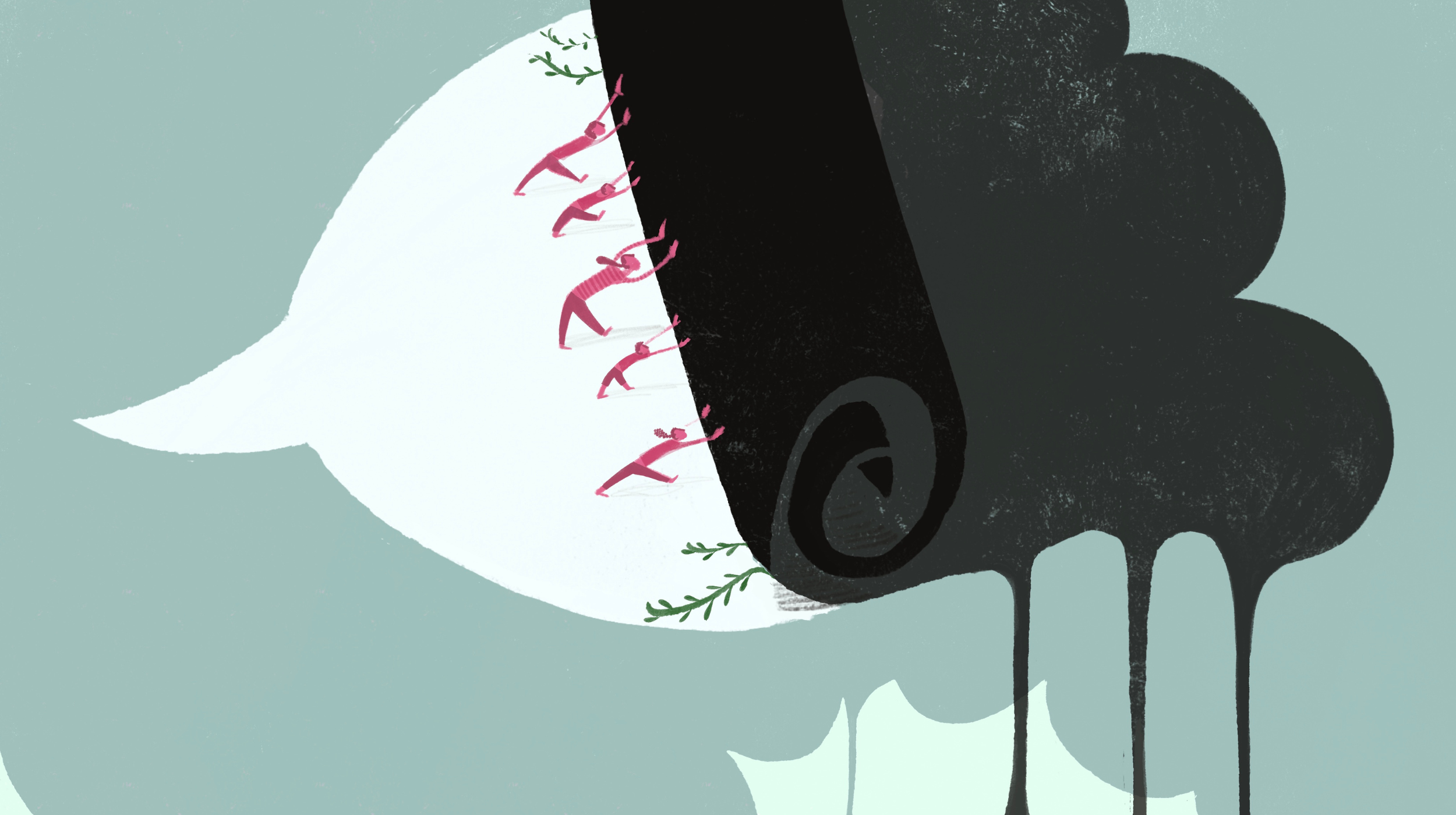Why is the Aarhus Convention on the environment important for children’s rights?
The UN’s Aarhus Convention is a legally binding international treaty that allows the public to take part in environmental governance. This article discusses how the Convention relates to children’s rights and how it can be used to advocate for environmental justice.
What is the Aarhus Convention?
The Aarhus Convention is international legislation that protects the rights of the public to take part in democratic environmental governance. It was created in 1998 by the United Nations Economic Commission for Europe (UNECE), which helps countries in Europe and surrounding regions work together on economic development, environmental protection and to standardise policies.
As a legally-binding international treaty, the Convention’s three pillars focus on:
Access to Information about the environment
Public Participation in environmental decision-making processes
Access to Justice for people to challenge environmental decisions that affect them
Unlike most multilateral - or international - environmental agreements between countries, which centre governments’ obligation to protect the environment, the Aarhus Convention addresses our governments’ obligations to the public. This is supported by the Convention's system that allows members of the public to request a review of a country’s compliance with the treaty before an international body.
Currently 48 countries have signed and are bound by the Convention, including the European Union. All 48 countries have also signed the UN Convention on the Rights of the Child, which means they all have a legal obligation to protect, respect and fulfil children’s rights. This includes children’s right to information, to health - including against environmental degradation - and to express their views and access justice when their rights have been violated.
How does the Aarhus Convention connect to children and their environmental rights?
Although the Convention does not mention children specifically, it does use the ageless term “person” and “persons”, which therefore includes anyone of any age, including under-18s. Furthermore, the Convention’s emphasis on environmental democracy - the process of involving the public in decisions affecting the environment - is directly linked to children’s human rights in relation to the environment.
In addition, Article 1 of the Convention outlines its goal to ensure these environmental rights "contribute to the protection of every person of present and future generations to live in an environment adequate to [their] well-being". This provision highlights the commitment each country that has signed the Convention has made to ensure these rights are upheld, protecting environmental rights for both current and future generations.
All three pillars of the Convention are relevant to children and their rights, which is confirmed by the UN Committee on the Rights of the Child in its General Comment 26 (GC26) on children’s rights and the environment, with a special focus on climate change. While the GC26 does not explicitly mention the Aarhus Convention, it does provide guidance on how environmental protection should be approached from a children’s rights perspective. This interpretation reinforces the relevance of the Convention’s three pillars to children’s rights, stating that:
“Access to information is essential for enabling children ... to comprehend the potential effects of environmental harm on children’s rights ... [and] is a prerequisite for realising the rights of children to express their views, to be heard and to effective remedy regarding environmental matters” (GC26, para. 32).
“Children’s voices are a powerful global force for environmental protection, and their views add relevant perspectives and experience with respect to decision-making on environmental matters at all levels [...]. States must ensure that age-appropriate, safe and accessible mechanisms are in place for children’s views to be heard regularly and at all stages of environmental decision-making processes for legislation, policies, regulations, projects and activities that may affect them, at the local, national and international levels” (GC26, paras. 26-27).
“States should provide access to justice pathways for children, including complaint mechanisms that are child-friendly, gender-responsive and disability-inclusive, to ensure their engagement with effective judicial, quasi-judicial and non-judicial mechanisms [...] for violations of their rights relating to environmental harm” (GC26, para. 83).
What is CRIN doing to ensure that children’s rights are considered in the UN’s environmental policy-making?
Since 2023, CRIN has been working alongside other children's rights and youth organisations to ensure that the Aarhus Convention adequately addresses the rights of children. CRIN has advocated for greater recognition of children's rights within the three pillars of the Convention’s framework on access to information, public participation and access to justice; this work has led to significant references to children's rights in key discussions surrounding environmental democracy.
Here are some of the recommendations CRIN made to countries that are party to the Convention:
Consider children’s rights throughout the Convention’s implementation;
Advance the fulfilment of children’s right to access to environmental information;
Establish formal mechanisms (e.g., children/youth assemblies, Youth Action Councils) that ensure children and youth can effectively participate in decision-making;
Consider the specific challenges faced by children in accessing justice and consider adopting specific rules of standing concerning children and youth as individuals and organisations, reversing the burden of proof, providing legal aid, and explicitly relaxing limitation periods.
Some of these recommendations have made their way to the preparatory documents for the next Meeting of the Parties (MoP) to the Convention, which is the highest decision-making space for the Convention. These recommendations will be considered for adoption at the 8th session of the MoP which will be held in Geneva between 17–20 November 2025.
Children and young people as environmental defenders
One of the most pressing concerns raised in the context of the Aarhus Convention is the safety of environmental defenders. Children and young people who take on this critical role often face challenges - and even threats - as they push for a healthier, more sustainable environment. The UN Special Rapporteur on Environmental Defenders, established under the Aarhus Convention in 2021, has highlighted the vulnerabilities these young activists face and stressed the importance of their safety.
Indeed, without safeguarding the rights and safety of environmental defenders (including children and youth advocates), the goals of the Aarhus Convention, just as it is also the case with the Escazú agreement in Latin America and the Caribbean, cannot be fully realised. Protecting young environmental activists is a necessary step so that children can, and will continue to, play an active role in environmental protection. The Special Rapporteur on Environmental Defenders has set up a complaints form for environmental defenders to fill out if they are violated or threatened, including for anyone under the age of 18.

